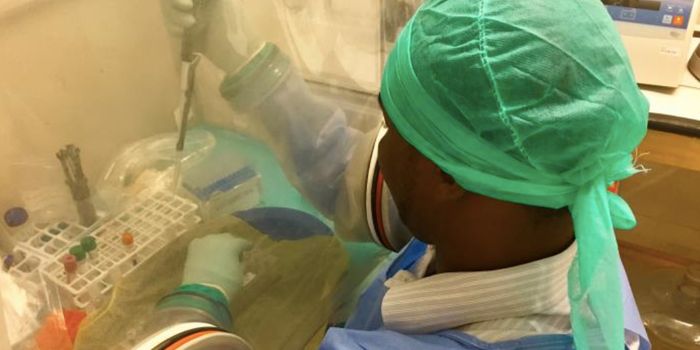Bubonic Plague Kills Mongolian Couple
The bubonic plague, known for killing 25 million people in Europe in the 1340s, has recently killed a Mongolian couple that contracted the disease after eating raw marmot meat. Plague tends to infect rodents and their fleas, although some other animals like camels and rabbits can host the bacterium that causes the disease, Yersinia pestis.
The 37-year-old woman, who was pregnant, and her 38-year-old husband were of Kazakh ethnicity and live in Uglii, a city in Mongolia. Ariuntuya Ochirpurev of the World Health Organization (WHO) told the BBC that the raw marmot meat is believed to promote good health and is a traditional remedy. From 1987 to 1997, 69 people got bubonic plague in Mongolia; 22 of them died, said Ochirpurev said. In a 2017 case, the patient survived.
According to the Siberia Times, Dr. N.Tsogbadrakh, the Director of Mongolia’s National Center for Zoonotic Dermatology and Medicine, said that “Despite the fact that eating marmots is banned, Citizen T [the male victim] hunted marmot. He ate the meat and gave it to his wife, and they died because the plague affected his stomach. Four children are orphaned.”
The deaths triggered a quarantine in the province of Bayan Olgii. Over one hundred people were thought to have come into contact with the couple, and they were all quarantined and given antibiotics.
“After the quarantine [was announced] not many people, even locals, were in the streets for fear of catching the disease,” said a US Peace Corps volunteer Sebastian Pique, who lives in the area.
Y. pestis bacteria is not able to live inside of host cells, but needs a host to survive, which both make it extremely virulent. It has to disable the immune system of the host to survive, so it attacks defensive cells by injecting toxins into them. Then the bacteria can grow unencumbered, and kill the host. After incubating in the body for three to seven days, the infection can cause flu-like symptoms.
There are three kinds of plague. The bite of an infected flea causes bubonic plague, and the bacterium moves to the closest lymph nodes, where it multiplies. In septicaemic plague, the bloodstream is infected by the bite of an infected flea or when handling an infected animal. In pneumonic plague, the disease passes directly from an infected person to another person. Antibiotics can usually treat the infections effectively, but if left untreated, pneumonic and septicaemic plagues kill almost all those infected, bubonic plague will kill about half.
Sources: National Geographic, CDC, BBC, Newsweek








